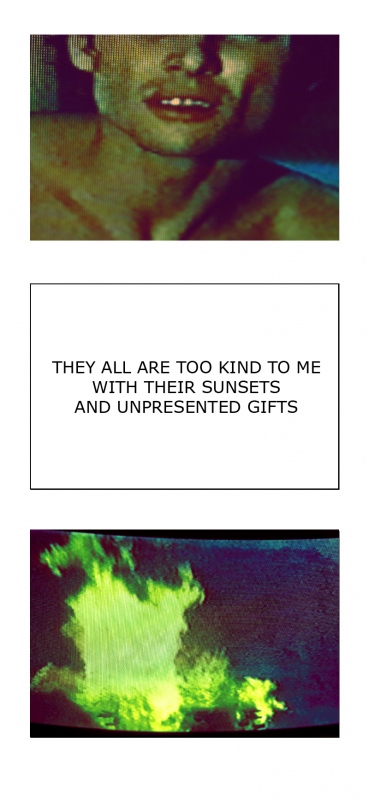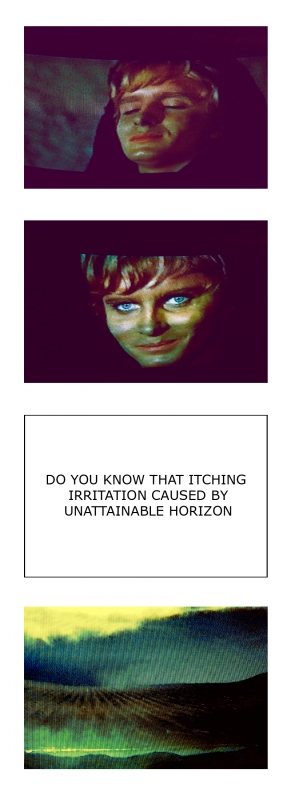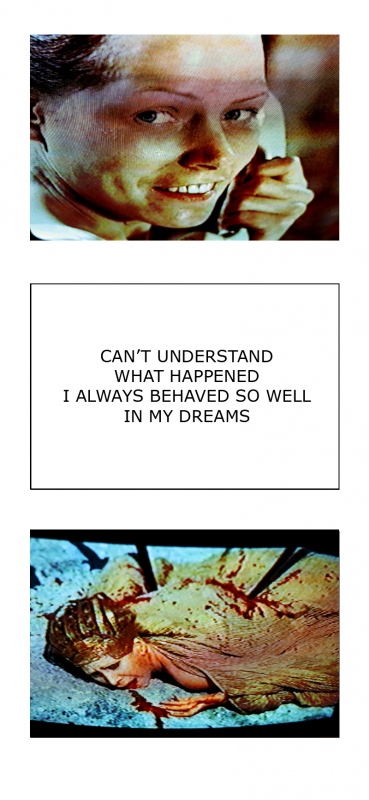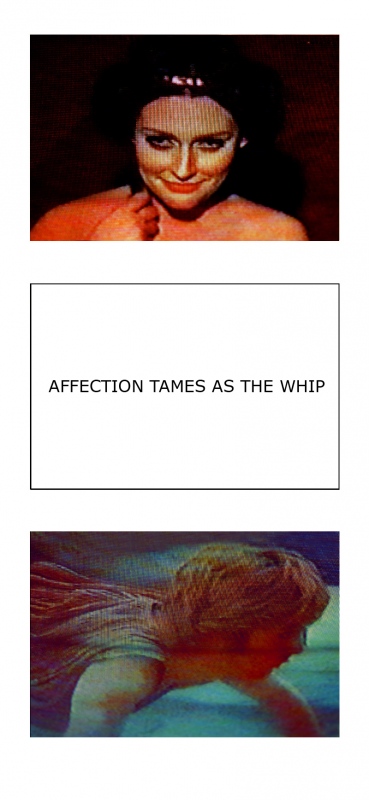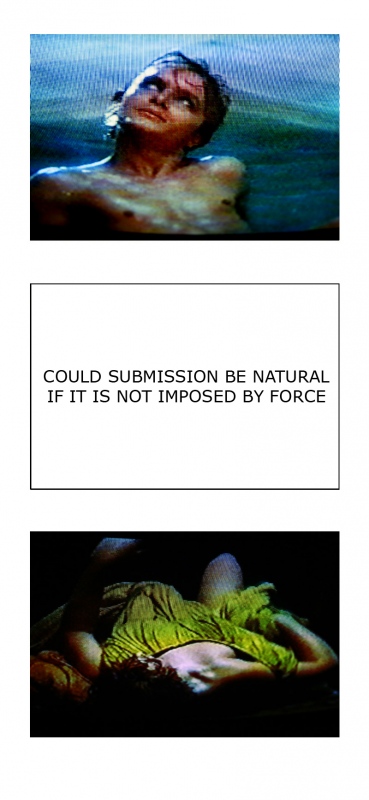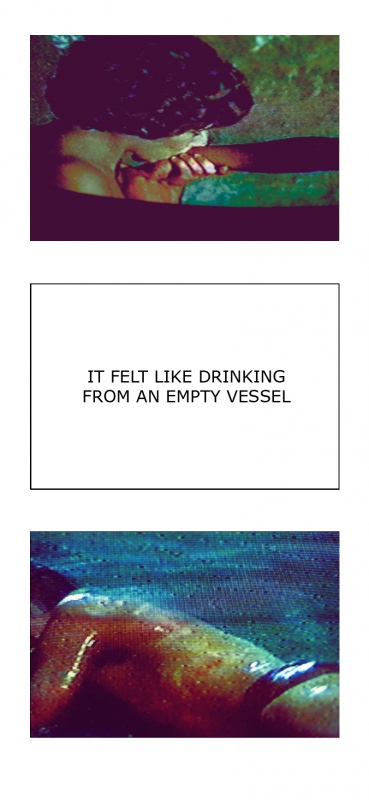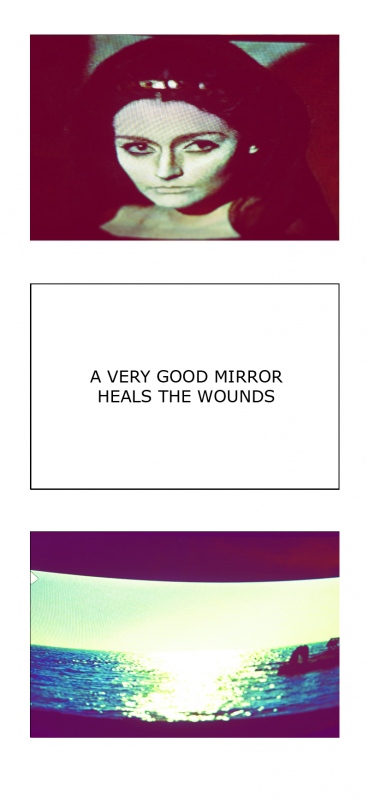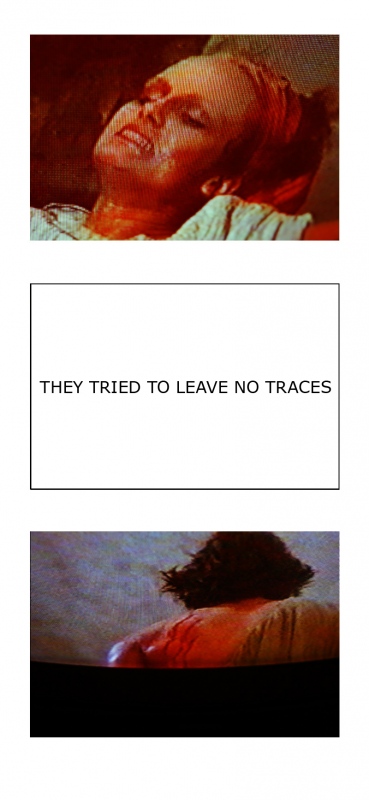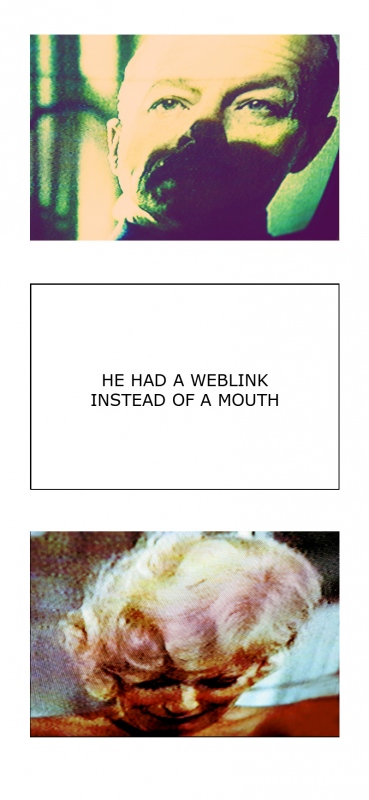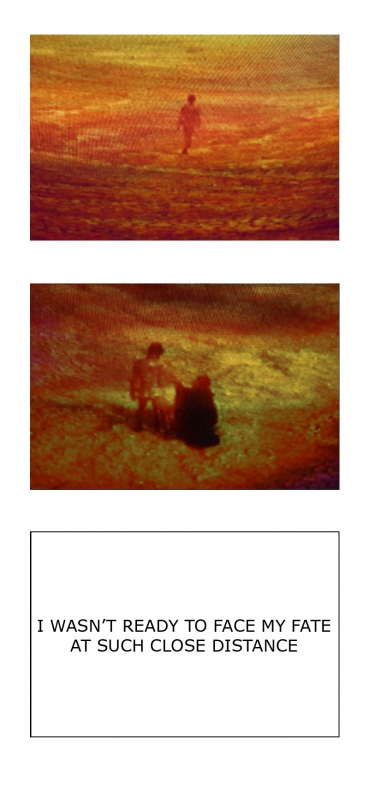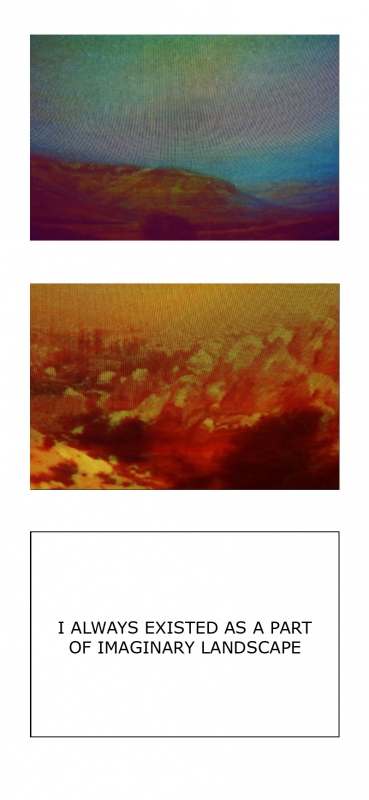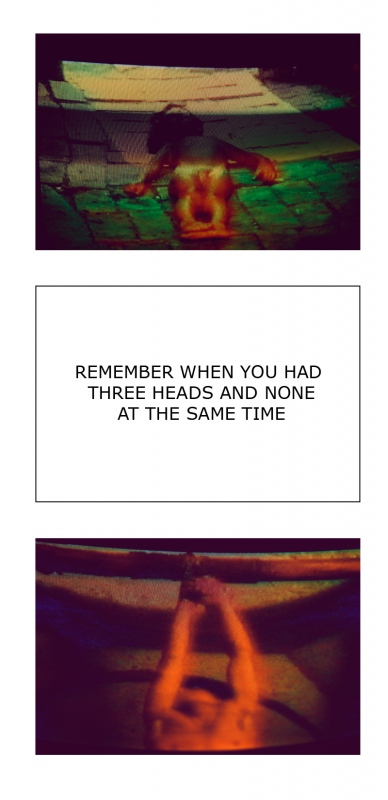-
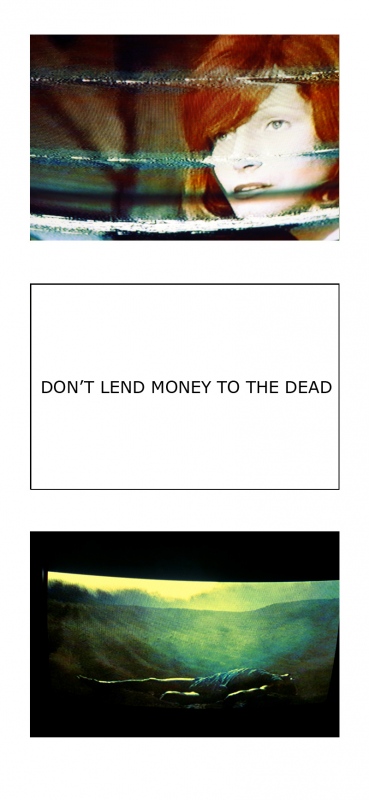

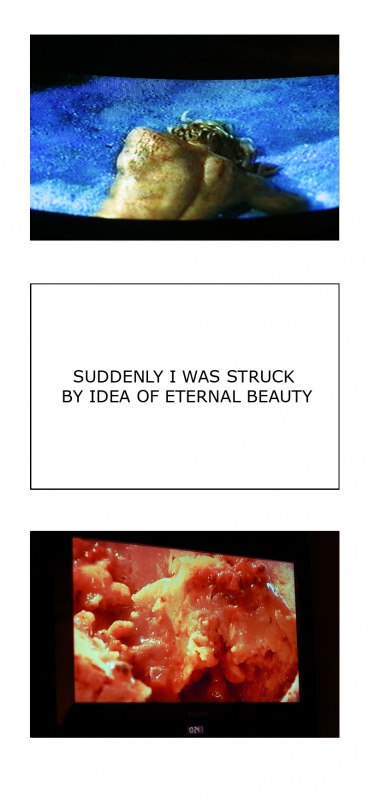
Works from series "Affection Tames" consist of VHS-found images and poetic text juxtaposition.
The series is an invitation to reflect on the ephemeral nature of data formats in everyday life and as well as the way memory is engaged in our daily routine and poetic perception of reality. VHS found imagery shot on digital is complemented by short poetic text pieces that engage viewers in poetic perception of a virtually obsolete medium. The digital format of shots fuses the seemingly forgotten past with contemporary imaginary, producing a fragmented reality, where the effects of zoom, freeze and erasure become artistic tools of my poetic inquiry into the complicated relations of memory and forgetting. Drawing on Jacques Derrida’s idea of the spectral or phantomatic character of memory, I explore the possibility to incorporate historical memory into the mind of an individual and suggest that full erasure never takes place — new apprehensions are firmly rooted in those seemingly subject to total oblivion.
The photos are shot digitally as VHS found imagery and combined with short poetic text pieces, that altogether become fragments of poetic perception of found imagery, referring to an aesthetisized format not actively in use these days. One can see how poetic perception merges with the forgetfulness of obsolete medium, which is deconstructed with the help of digital format, implying imperfection of a memory of an individual, one layer of imagination overlaps with another one, some fragments are returned, zoomed and frozen, some fragments are forgotten entirely.
In these series I refer to poetic perception of fragmentary imagery found in daily life, as well as to the ephemeral nature of remembering, the spectrality of memory (referring to Jaques Derrida use of the term). The series also draw inspiration from Walter Benjamin seminal essay “The Work of Art in the Age of Mechanical Reproduction” in relation to the medium of technical digital reproduction of works of art and asking a question about authenticity of the work of art if it has been created with a help of a medium used for mass production. I would like to argue with Benjamin on that subject, providing poetic interpretation of found imagery and forming new layers of meaning arising from juxtaposition of imagery with the short poetic sentences.
